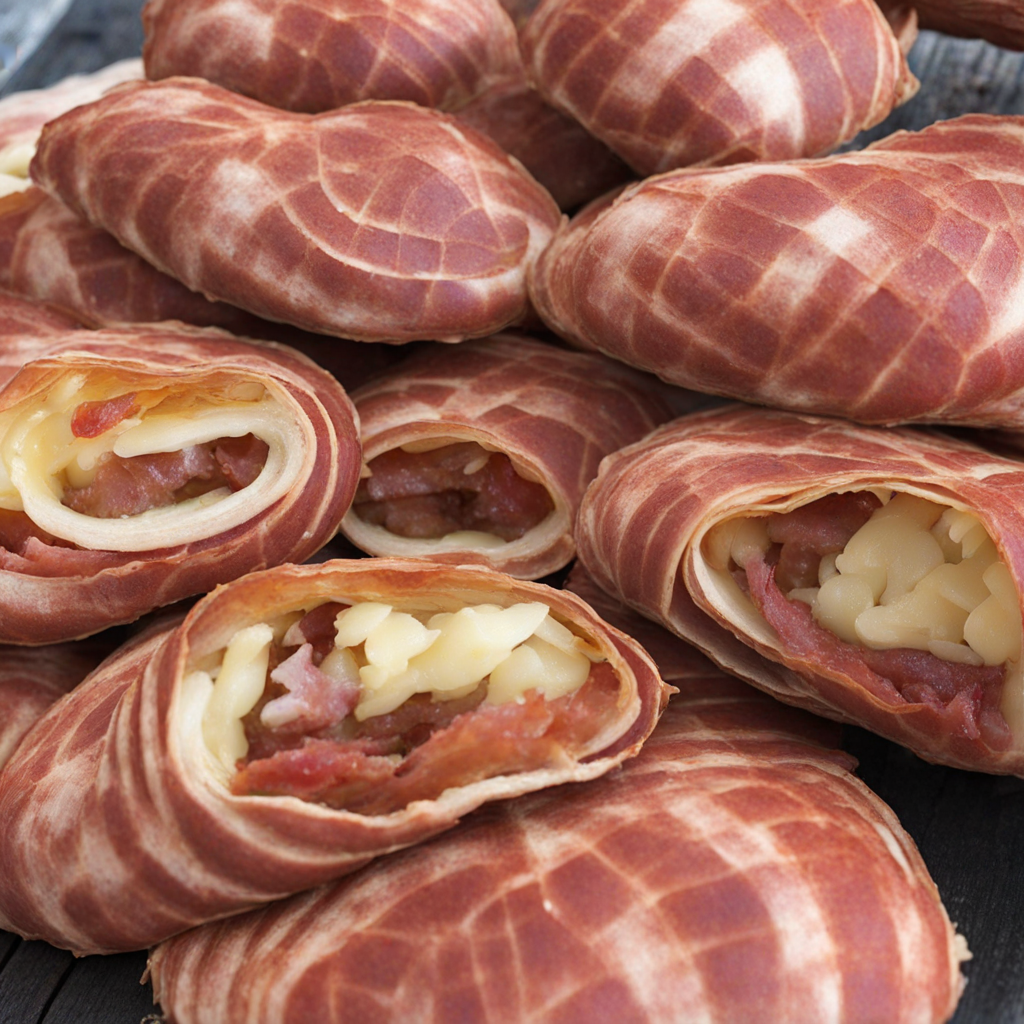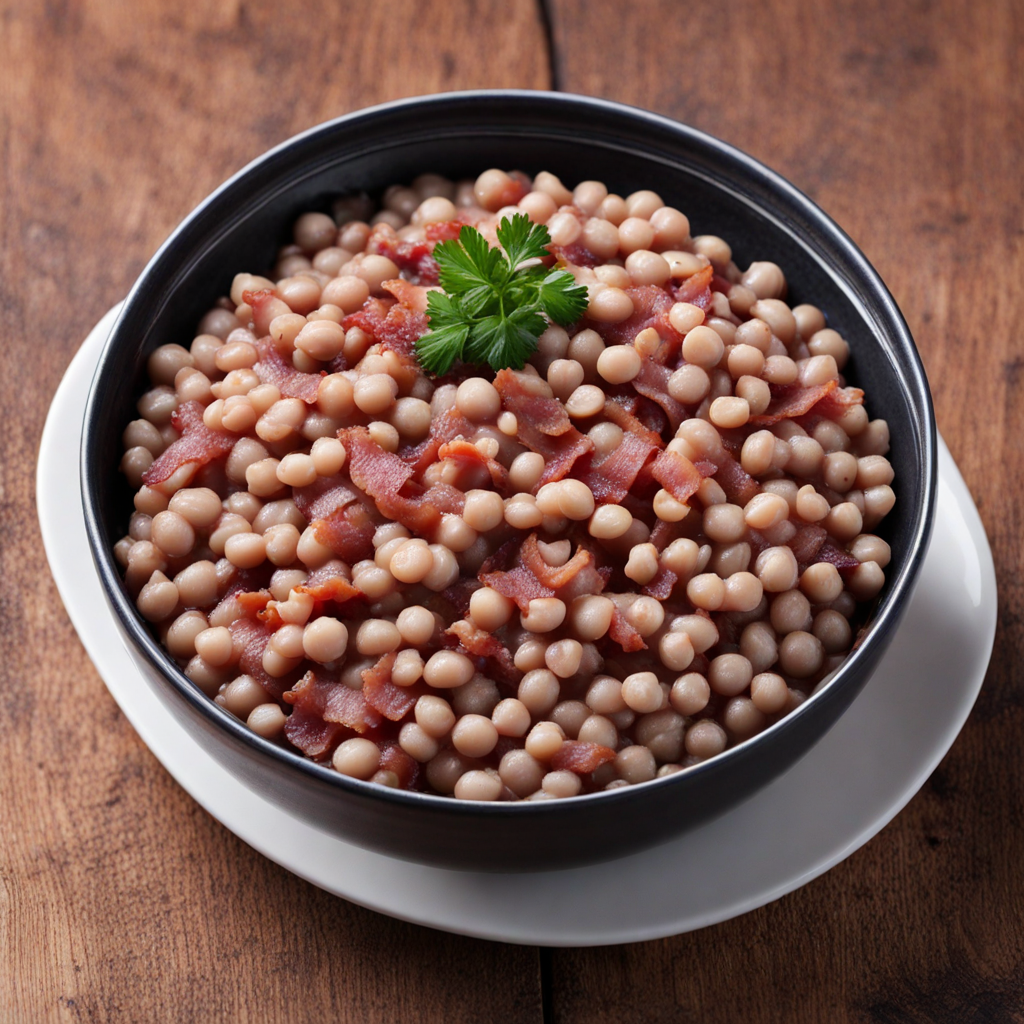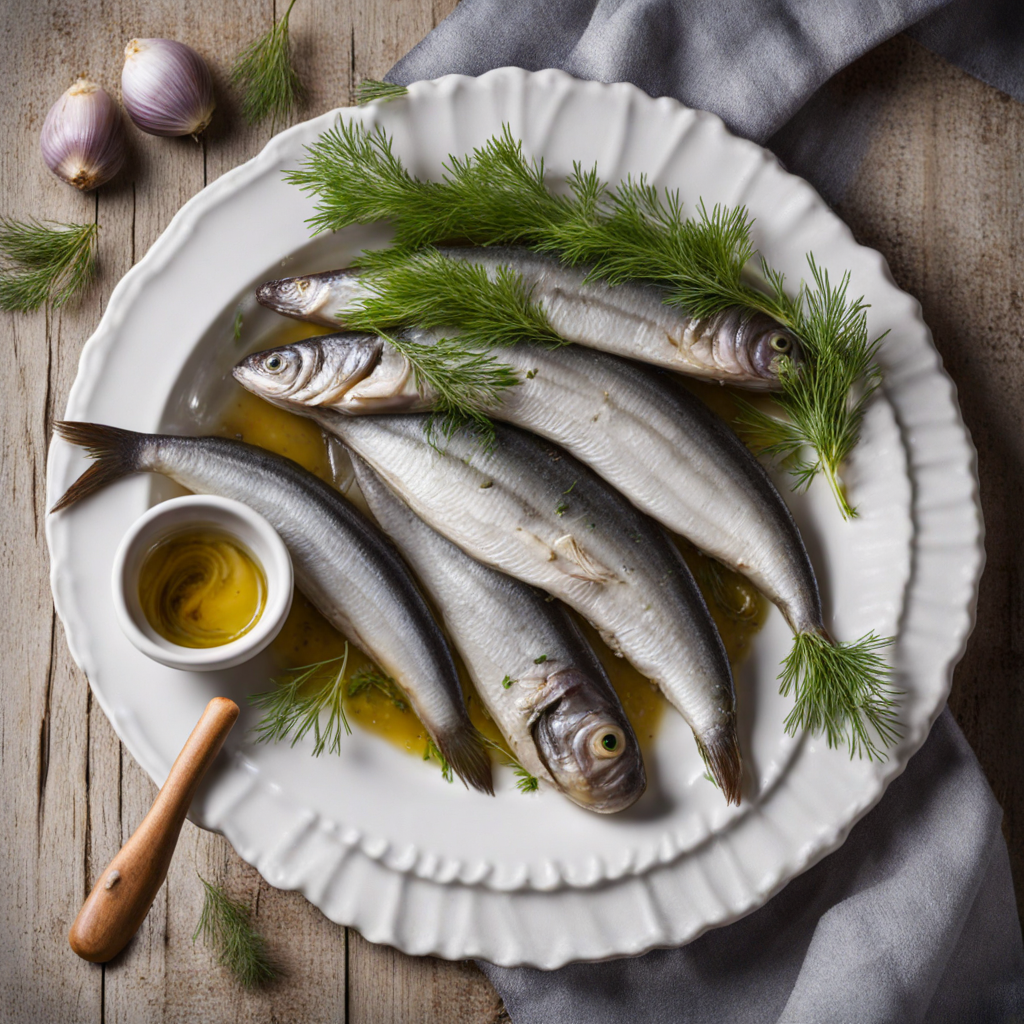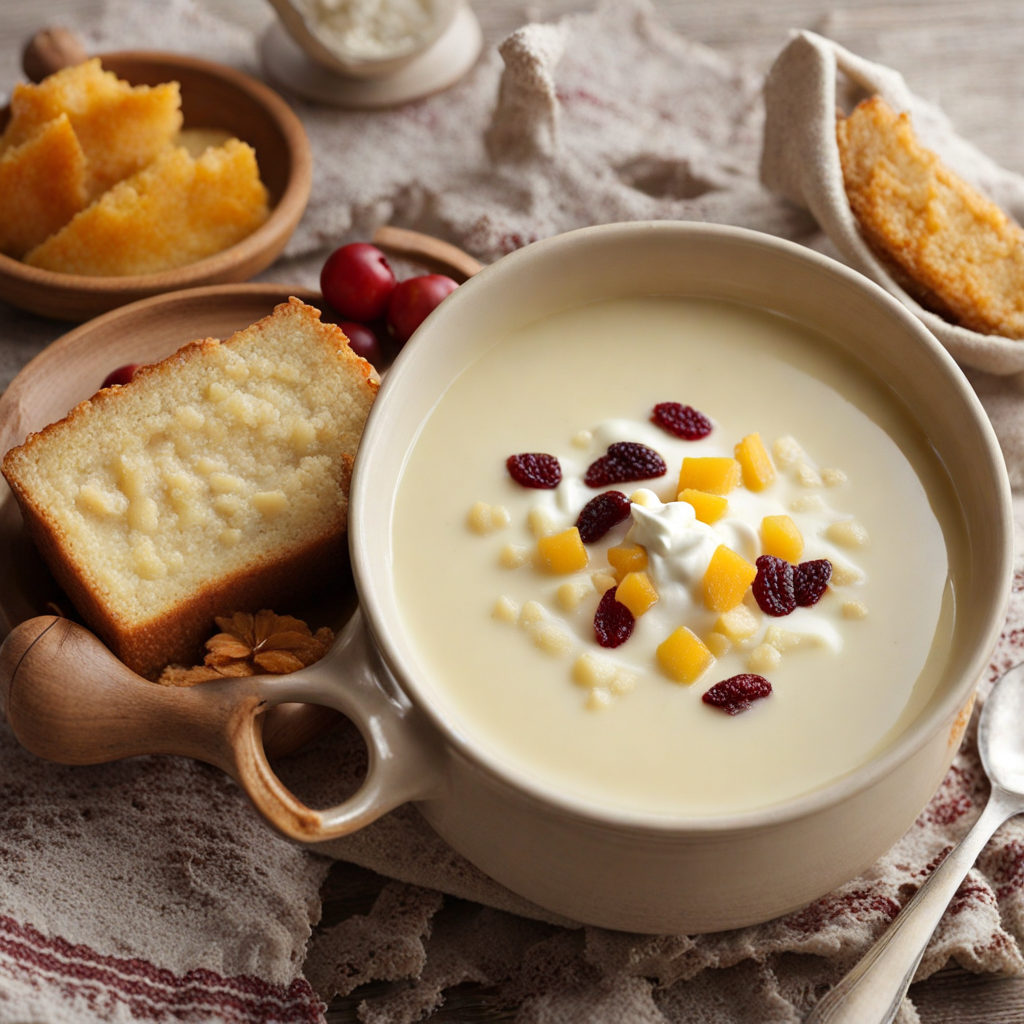Speķa Pīrādziņi
Speķa Pīrādziņi, a beloved Latvian delicacy, are delightful pastries that offer a unique combination of flavors and textures. These savory treats are made with a flaky, buttery pastry that encases a rich filling of finely chopped bacon and onions. The pastry is often prepared with a hint of sour cream, giving it a tender and melt-in-your-mouth consistency. When baked, the outer layer turns golden brown and crispy, creating a perfect contrast to the savory filling inside. Each bite reveals the aromatic blend of smoky bacon and sweet caramelized onions, making it a comforting and satisfying snack. The preparation of Speķa Pīrādziņi is steeped in tradition, often made during family gatherings or festive occasions. The process involves carefully rolling out the dough, filling it with the bacon-onion mixture, and then folding it into small, pocket-like shapes. These pastries are typically baked until they achieve a tantalizing golden hue, and they can be enjoyed both warm and at room temperature. Served as an appetizer or a hearty snack, they pair wonderfully with a dollop of sour cream or a side of pickles, enhancing the overall flavor experience. What sets Speķa Pīrādziņi apart is not just their delicious taste but also their cultural significance in Latvia. They reflect the country's rich culinary heritage, showcasing the use of local ingredients like pork and onions, which are staples in Latvian cooking. Whether enjoyed at a local café or prepared at home, these pastries are a celebration of Latvian flavors, inviting those who try them to savor a taste of Latvia's warm hospitality and gastronomic traditions.
How It Became This Dish
Origin of Speķa pīrādziņi Speķa pīrādziņi, a traditional Latvian dish, has its roots in the agrarian lifestyle that characterized the region for centuries. The name translates to “bacon pies,” which directly reflects the primary ingredient that lends the dish its rich flavor. The origins of these little pastries can be traced back to the rural communities of Latvia, where families relied heavily on local resources. Bacon, often derived from pigs raised on family farms, was a staple food that provided necessary sustenance during harsh winters. The practice of utilizing leftover meat in pastries was not unique to Latvia but can be found across various cultures in Eastern Europe, showcasing how food traditions often intertwine. The pastry itself is made from a simple dough, typically comprised of flour, water, and sometimes a bit of sour cream or butter, which creates a flaky texture. The filling is what truly sets Speķa pīrādziņi apart—cubes of smoked bacon are seasoned, often with onions, and enveloped in the dough before being baked to golden perfection. The combination of smoky, savory flavors with a crispy crust not only satisfies hunger but also evokes a sense of nostalgia for many Latvians, as it is often associated with family gatherings and celebrations. \n\n Cultural Significance Speķa pīrādziņi holds a cherished place in Latvian culinary culture and serves as a symbol of national identity. In Latvia, food is not merely sustenance; it is a reflection of heritage and history. The dish is often served during festive occasions, such as holidays and community feasts, where it plays a role in fostering togetherness among family and friends. The preparation and sharing of Speķa pīrādziņi can be seen as a cultural ritual, highlighting the communal aspects of cooking and eating in Latvian society. Moreover, the dish is emblematic of Latvia’s agricultural roots and the importance of local produce. In a country where farming has historically been the backbone of the economy, Speķa pīrādziņi represents the connection between the land and its people. The use of seasonal ingredients and traditional methods to craft this dish echoes the values of sustainability and respect for nature that are deeply embedded within Latvian culture. It is not uncommon for families to pass down recipes through generations, preserving the culinary heritage and reinforcing familial bonds. \n\n Development Over Time As Latvia has evolved, so too has the dish of Speķa pīrādziņi. While the core ingredients have remained constant, variations have emerged that reflect the changing tastes and lifestyles of the Latvian people. In urban settings, where convenience often takes precedence, you may find modern adaptations of the pastry that include different fillings or quicker preparation methods. For instance, some contemporary versions incorporate cheese or vegetables, catering to a wider array of dietary preferences. This flexibility demonstrates how tradition can coexist with innovation, allowing Speķa pīrādziņi to remain relevant in today’s fast-paced world. The post-Soviet era brought significant changes to Latvia’s food landscape, as the country regained its independence in 1991. With a renewed emphasis on national pride and cultural resurgence, there has been a revival of traditional dishes, including Speķa pīrādziņi. Local food festivals and markets celebrate such dishes, and there is a growing interest among younger generations to explore and recreate traditional recipes. This renaissance has not only revitalized interest in Latvian cuisine but has also fostered a sense of community among those who seek to honor their roots. \n\n The Role of Speķa pīrādziņi in Modern Latvia In contemporary Latvia, Speķa pīrādziņi continues to be a beloved comfort food, often enjoyed as a snack or a light meal. Its presence at local markets, bakeries, and restaurants underscores its enduring popularity. The dish has also made its way into the culinary discourse of Latvia’s international presence, where chefs and food enthusiasts seek to showcase the richness of Latvian cuisine to the world. By participating in food festivals abroad, Speķa pīrādziņi takes on a role of cultural ambassador, inviting people to learn about Latvia’s history and traditions through its flavors. Furthermore, the rise of the farm-to-table movement has breathed new life into the appreciation of traditional dishes like Speķa pīrādziņi. As consumers become more conscious of where their food comes from, there is a growing demand for locally sourced ingredients. This trend aligns perfectly with the ethos of Speķa pīrādziņi, which is deeply rooted in the use of local produce and traditional farming practices. Many chefs emphasize the importance of using high-quality, artisanal bacon and locally grown vegetables, further enriching the culinary experience. \n\n Conclusion The story of Speķa pīrādziņi is one that encapsulates the essence of Latvian culture—its agricultural heritage, communal values, and the ability to adapt while staying true to one’s roots. As this delightful pastry continues to thrive in modern Latvia, it serves as a testament to the resilience of cultural traditions in the face of change. Whether enjoyed at a family gathering, a local market, or as part of a culinary exploration, Speķa pīrādziņi remains a cherished symbol of Latvian identity, bringing people together through its delicious flavors and rich history.
You may like
Discover local flavors from Latvia







